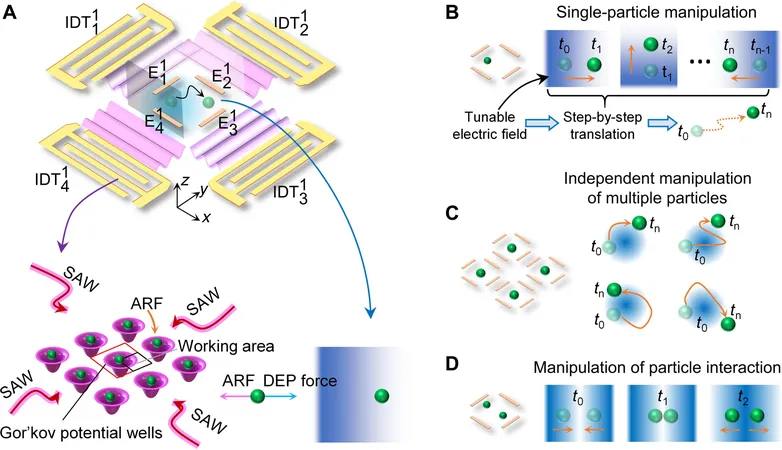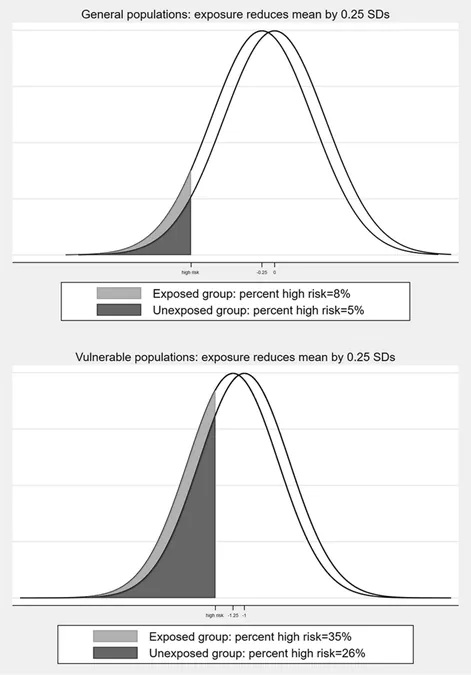
Groundbreaking Discovery Reveals Ancient Subduction Zone Beneath the Pacific Ocean – What It Means for Earth’s History
2024-09-28
Groundbreaking Discovery Reveals Ancient Subduction Zone Beneath the Pacific Ocean – What It Means for Earth’s History
In a remarkable breakthrough, scientists from the University of Maryland have uncovered evidence of an ancient subduction zone lurking beneath the Pacific Ocean, revolutionizing our understanding of the Earth’s interior. This discovery, detailed in the esteemed journal Science Advances on September 27, 2024, sheds new light on seismic activity and the historical geological processes that shaped our planet.
Research Methodology
Led by postdoctoral researcher Jingchuan Wang, the research team utilized advanced seismic imaging techniques to delve deep into Earth's mantle, the layer situated between the planet's crust and core. In their examination, they revealed an unusually thick area in the mantle transition zone—a stratum lying approximately 410 to 660 kilometers beneath the surface. This zone separates the upper and lower mantles and can vary in thickness depending on temperature influences.
Key Findings
The research uncovered what is believed to be an ancient piece of seafloor that subducted approximately 250 million years ago. Wang referred to this thickened region as a "fossilized fingerprint," offering a fresh perspective on the geological history of Earth. The implications are staggering, as this newly identified seafloor structure could provide insights into the anomalous formation of the Pacific Large Low Shear Velocity Province (LLSVP)—a colossal area within the Earth's lower mantle that seems to be disrupted by this ancient subduction slab.
"This discovery gives us a glimpse into Earth’s past that we’ve never had before," Wang stated. The traditional methods of studying subduction, which rely heavily on surface rock samples and sediment analysis, have been upended by this innovative approach that employs seismic waves to visualize deep Earth's inner workings.
Seismic Imaging Technique
Wang explained the analogy of seismic imaging to a CT scan, illustrating how this technique allows scientists to see cross-sectional views of our planet’s internal structures. Typically, oceanic slabs fully disappear into the mantle, leaving no trace; however, this research has unveiled that some slabs may become stuck midway during their descent.
Implications for Geological Activity
The new findings suggest that material in this particular mantle area is moving much more slowly than previously estimated, raising the question of how these dynamics might influence geological activity on the surface, including volcanoes and earthquakes. "The material in this region was found to be sinking at approximately half the speed we expected," noted Wang. "This indicates that the mantle transition zone may serve as a barrier that retards the movement of material from surface to depth."
Future Research Directions
Looking to the future, Wang and his team aim to broaden their investigations across other regions of the Pacific Ocean, striving to construct a more detailed map of ancient subduction and upwelling zones. This ongoing research is vital, as it may illuminate the complex interactions between deep Earth structures and surface geology, leading to refined models of tectonic plate movements across Earth’s history.
"This is just the beginning," Wang emphasized. "We strongly believe that there are many more hidden ancient structures waiting beneath our feet, each possessing the potential to unlock further revelations about our planet—and perhaps even other celestial bodies in our solar system."
Conclusion
As scientists continue to unravel the mysteries of our planet’s geological past, this groundbreaking work underscores the interconnectedness of Earth’s layers and the profound impact ancient processes have on modern geology. Keep an eye out for more thrilling discoveries as researchers push the boundaries of our understanding of the Earth and beyond!




 Brasil (PT)
Brasil (PT)
 Canada (EN)
Canada (EN)
 Chile (ES)
Chile (ES)
 España (ES)
España (ES)
 France (FR)
France (FR)
 Hong Kong (EN)
Hong Kong (EN)
 Italia (IT)
Italia (IT)
 日本 (JA)
日本 (JA)
 Magyarország (HU)
Magyarország (HU)
 Norge (NO)
Norge (NO)
 Polska (PL)
Polska (PL)
 Schweiz (DE)
Schweiz (DE)
 Singapore (EN)
Singapore (EN)
 Sverige (SV)
Sverige (SV)
 Suomi (FI)
Suomi (FI)
 Türkiye (TR)
Türkiye (TR)